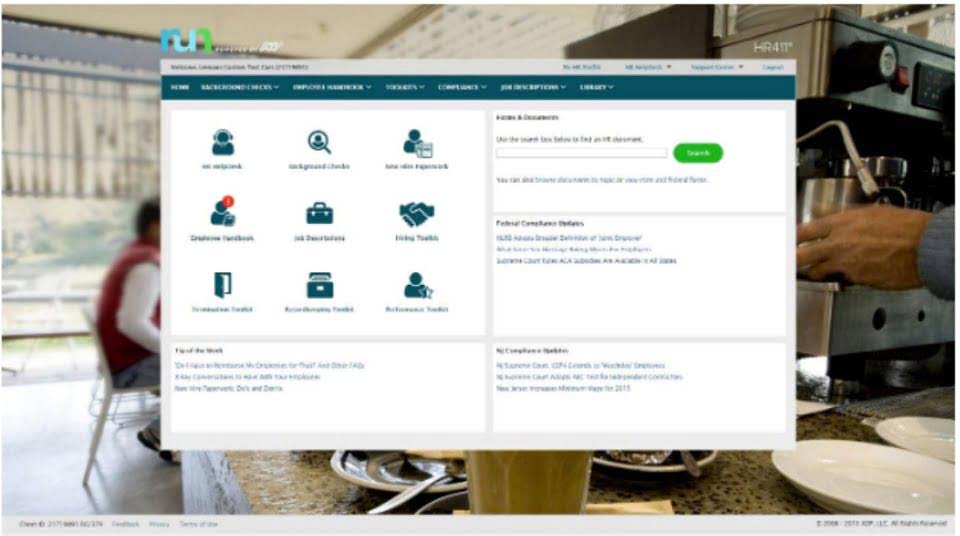Content

The payee cannot cash or deposit the check once a stop payment has been issued.The payer’s bank has no way of knowing that a check has been written until the payee deposits or cashes the check. Besides the liability it creates, the payor may forget outstanding checks that they wrote the check and spend money allocated for the check. When the payee cashes the check, and their bank tries to pull funds from the payor’s account, the payor will get hit with an overdraft or non-sufficient funds (NSF) fee.
This typically occurs after a few years, but timetables vary from state to state. Accounting inconsistencies may arise if outstanding checks are not reported and tracked in the appropriate manner. Because of this, keeping correct financial records can be difficult, and it may lead to problems during audits or when reconciling finances. For example, payments may show as being paid but if the cash has not yet been debited from the account, there may be inconsistencies worth reconciling.
How to prepare a bank reconciliation?
If an outstanding check from the previous month did not clear the bank account in the current month, the check will remain on the list of outstanding checks. As a result, the bank reconciliation for the current month will again show the outstanding check amount as a subtraction from the bank statement balance. While a check is outstanding, the person who wrote it may consider the funds unavailable even though they still show up in his or her account.
It sounds strange to think of anyone not having a checking account today, but one of my coworkers does not. She keeps all of her money in a lock box, and she pays all her bills with cash. Outstanding check is the check that is issued but not presented for the payment. Since the Vector Management Group paid Ad It Up $63 more than the books show, a $63 debit is made to decrease the accounts payable balance owed to Ad It Up, and a $63 credit is made to decrease cash. Like personal checks, paychecks can expire if they are outstanding for a certain amount of time. Unclaimed matured bonds or any unclaimed interest or coupons related to bonds issued by hospitals must be reported after three years.
What is an Outstanding Check?
Therefore, a $345 debit is made to increase the accounts receivable balance of Hosta, Inc., and a $345 credit is made to decrease cash. The interest revenue must be journalized and posted to the general ledger cash account. In the journal entry below, cash is debited for $18 and interest revenue is credited for $18. Some businesses print “Void after 90 days” on their checks to encourage recipients to deposit checks more promptly. Most banks will continue to honor checks for the full 180 days, but that isn’t guaranteed.
An outstanding check is a check that a recipient fails to deposit. Once such checks are finally deposited, they can cause accounting problems. Furthermore, checks that are never cashed may constitute “unclaimed property” that must be eventually be turned over to the state. An outstanding check remains a liability of the payer until such time as the payee presents the check for payment, which then eliminates the liability. Businesses must track income, expenses, and accounts payable. The payment goes on the general ledger, but businesses must make adjustments during reconciliation, and they may need to reissue stale checks.
What Are the Consequences of Bouncing an Outstanding Check?
Since outstanding checks have already been recorded in the company’s books as cash disbursements, they must be subtracted from the bank statement balance. A check previously recorded as part of a deposit may bounce because there are not sufficient funds in the issuer’s checking account. The Vector Management Group’s bank statement includes an NSF check for $345 from Hosta, Inc.
After speaking with your payee, they may request another check. But before sending one, ask the payee to return the old check in order to eliminate the possibility that they’ll deposit both checks either intentionally or unintentionally. If a payee receives a check and does not present it for payment at once, there is a risk that the payer will close the bank account on which the check was drawn.
CHEGG PRODUCTS AND SERVICES
After that, there are a few more steps you can take to track down an old check. To reconcile outstanding checks with your bank statement, compare the checks issued but not yet cleared with the information provided on the statement, ensuring that both records align. On your reconciliation sheet, outstanding checks are often subtracted from your balance per bank because these withdrawals have not yet happened but are simply a timing matter.

